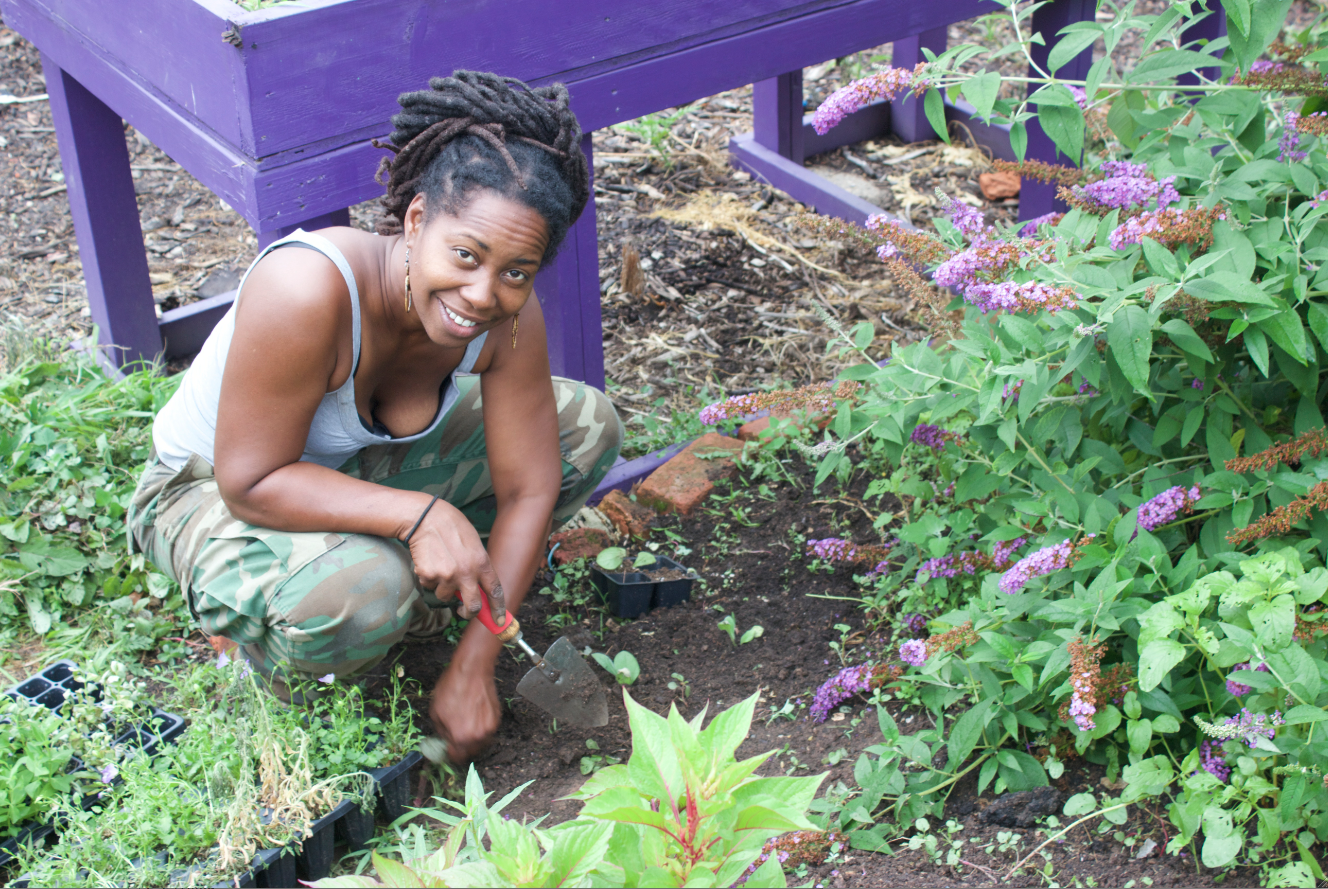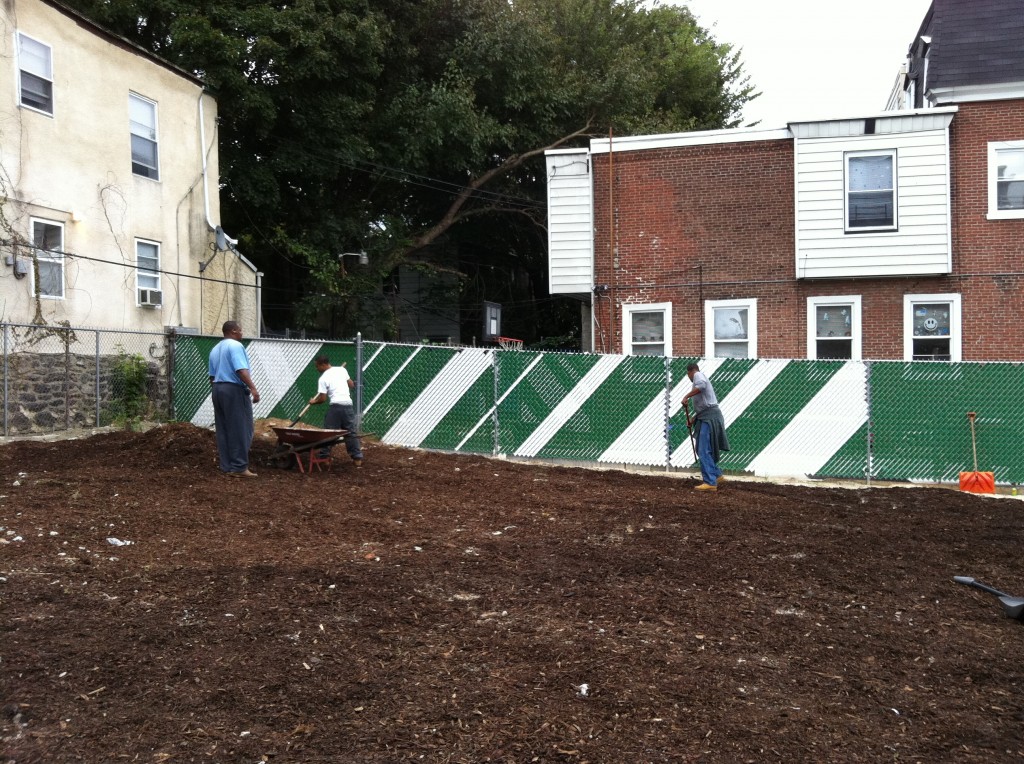Cleaning vacant lots leads to safer and healthier neighborhoods, new study finds

Cleaning up a vacant lot leads to less crime, more socializing outdoors and increased perceptions of safety in the surrounding neighborhood, according to a new study done in Philadelphia and released on Monday by Columbia University Mailman School of Public Health.
The 38-month analysis of 541 randomly selected vacant lots around the city found that crimes including gun assaults, robbery, burglary, and illegal drug trades decreased by at least nine percent in all neighborhoods that experienced a blight cleanup. Poor sections of Kensington/Allegheny, the Southwest, and North Philly experienced the most significant decrease in crime when the conditions of lots improved, said coauthor John MacDonald, a University of Pennsylvania professor of criminology and sociology. New data recently released by the city ranks these same areas as among the city’s most heavily littered with trash and debris.
Of the lots selected, 201 received makeovers that included trash removal, grading, planting new grass and small trees, and small wooden fencing; 174 received minor upgrades, trash pickup and grass-mowing. The remaining lots received no treatment until the research was complete.
Researchers then observed the lots for 18-month periods before and after cleanup. All the lots that received any form of restoration showed a significant a decrease in crime.
In neighborhoods below the poverty line, the drop hit 13 percent with a 29 percent decrease in gun violence, a ray of hope for Philadelphia. In 2017, bullets took the lives of more than 250 people.
Macdonald said the findings carry powerful implications for Philly and other cities struggling with abandonment and crime. The research quantifies the public health and safety payoff that comes when blighted lots are cleaned up.
Abandoned or neglected pieces of land function as open-air drug markets, hiding places for illegal weapons, camouflage for thieves, and escape routes from police. As a result, neighbors grow fearful of their environment and become prisoners in their own homes.
But after surveying 445 randomly selected residents who lived near the tested lots, the study found that safety concerns decreased by 58 percent and use of outside spaces increased by 76 percent after the lots underwent remediation.
“People have a sense of ownership more,” said MacDonald. “It’s not a place to hide out easily. So there’s lots of reasons that in addition to making you feel better, it actually is safe.”
The findings reinforce a 2015 study from the American Journal of Public Health that sought to establish a biological link between residents and vacant lots. That research found that study participants experienced a drop in stress levels when looking at greened vacant lots, as opposed to untreated lots.
The new study, which was done by some of the same researchers, built on those findings to confirm other public health benefits.
“The effectiveness of infrastructural interventions in decreasing gun violence and crime and increasing perceptions of safety also offers a practical example of a public health approach that transcends the conventional model of targeting behavior change on an individual level,” the paper concluded.
To avoid contributing to trends of gentrification and the unintended displacement of residents, the researchers cleaned up the test lots using inexpensive methods of renewal. Restoring a large lot can cost up to $2,000 in upfront expenses such as seeds, tools and labor costs, MacDonald estimates. But after that, upkeep costs are minimal and don’t need to go beyond regular mowing and trash pick-up.
“This could be the segway to general urban redesign,” said MacDonald.

Philadelphia has more than 40,000 vacant lots. Some 800 of the parcels have become community spaces, many of which function as parks, gardens or farms, according to Public Interest Law Center’s Garden Justice League Initiative, a program offering legal support to community gardeners.
Kirtrina Baxter, a community organizer for the Garden Justice League Initiative, started working to turn Philadelphia’s empty lots into community green spaces in 2012. The study comes as no surprise to her, but she hopes it leads to policymakers taking her work and that of her peers more seriously.
“Hopefully, that’ll help with legislation that says these are good things and great things for our cities,” said Baxter, who also works with Soil Generation, a coalition of farmers, gardeners, and residents. “Maybe people will recognize now that the growing spaces we’re creating… are not only beneficial to our communities and each other but also beneficial to the city as a whole.”
WHYY is your source for fact-based, in-depth journalism and information. As a nonprofit organization, we rely on financial support from readers like you. Please give today.







